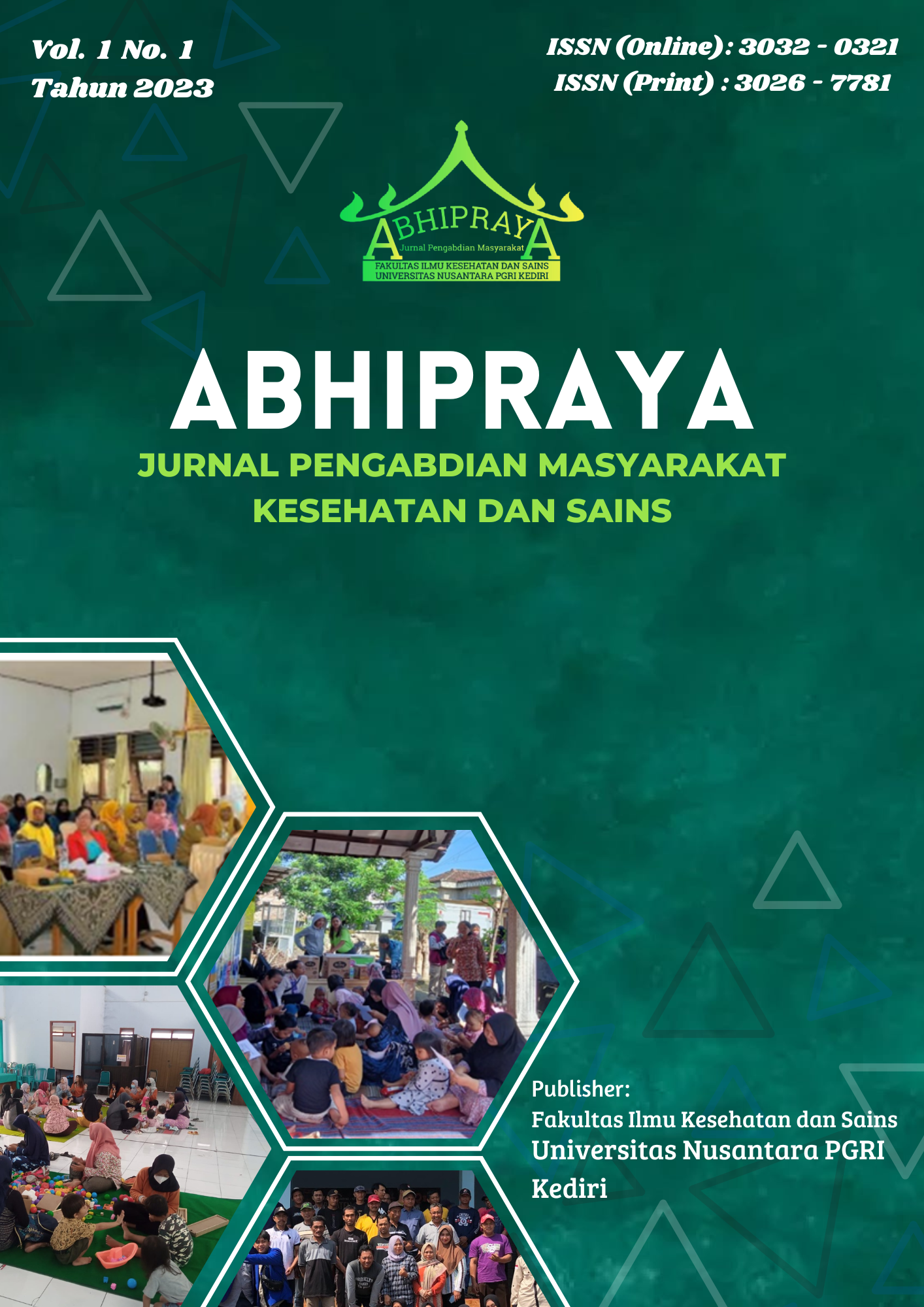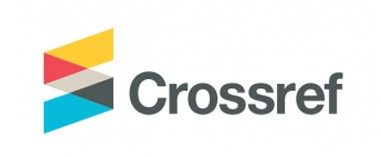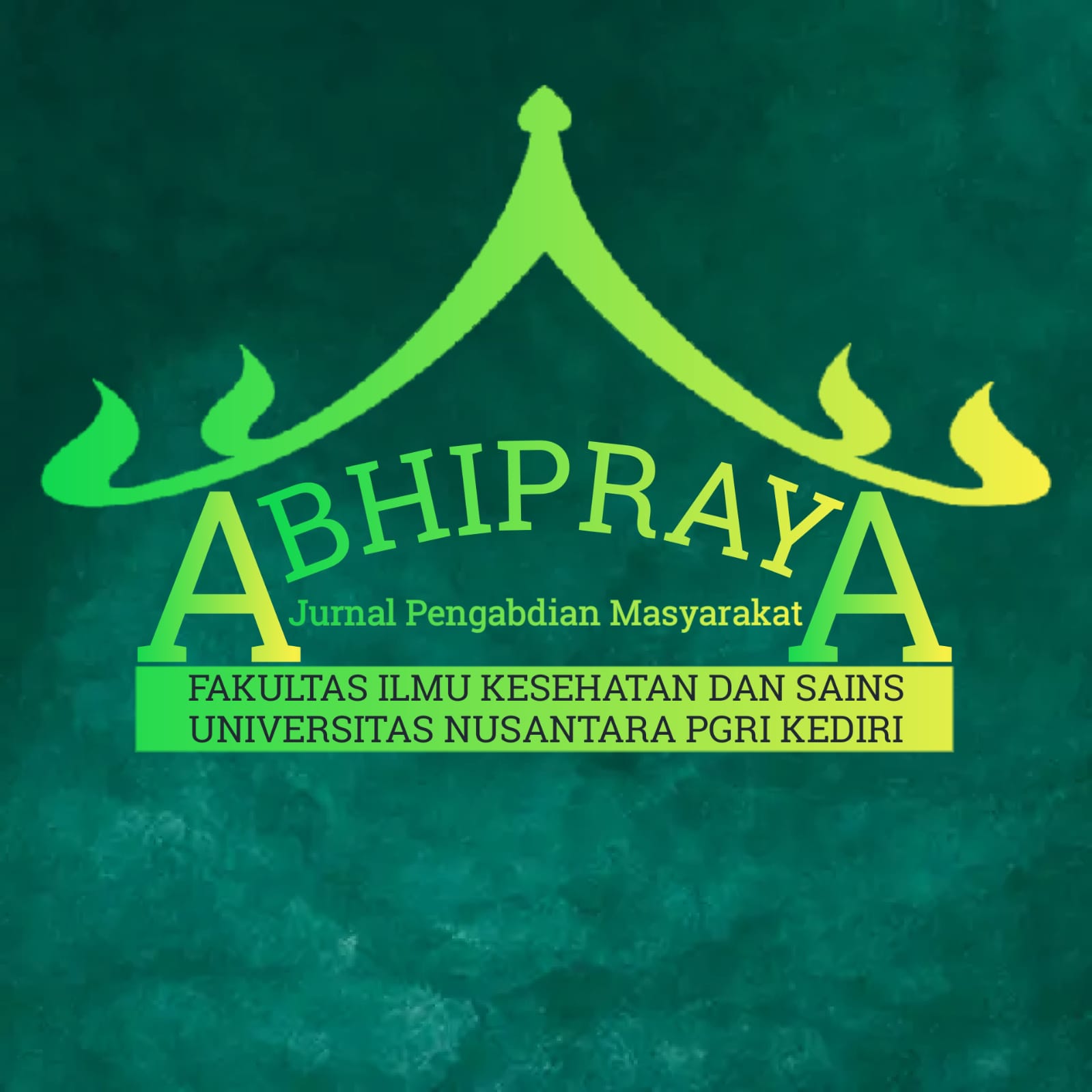Pemberdayaan Kelompok Tani Dalam Pemanfaatan Limbah Pertanian Menjadi Pupuk Organik Di Desa Selobanteng, Kecamatan Banyuglugur, Kabupaten Situbondo
DOI:
https://doi.org/10.29407/abhipraya.v1i1.21487Keywords:
limbah, pemberdayaan Kelompok Tani, POCAbstract
The application of Liquid Organic Fertilizer (LOF) has been widely used and is increasingly popular among people plant lover and farmer. LOF materials are easy to find and use more efficiently. The implementation of empowering the Selobanteng Farmers Group in making POC is an effort to utilize the potential of the surrounding environment in the form of agricultural waste (waste originating from farmers and breeders). This activity was carried out in Selobanteng Village, Banyuglugur District, Situbondo Regency. The method used in this activity is providing material and practice. The material delivered is the difference in liquid and solid organic fertilizer, also various kinds of solid organic fertilizer.Practice making POC using 5 liters of cow urine, 5 liters of rabbit urine, 125 ml molasses and 1.5 ml kefir whey. Making POC provides benefits, namely increasing residents' knowledge about the benefits of agricultural waste materials, increasing awareness of environmental health and providing economic value for residents, because it reduces spending on purchasing fertilizer for farmers and can increase income from sales.
Downloads
References
Balittanah. (2006). Pupuk Organik dan Pupuk Hayati (Organic Fertilizer and Biofertilizer). Bogor: Balai Besar Litbang Sumberdaya Lahan Pertanian Badan Penelitian dan Pengembangan Pertanian.
Bumdes Selobanteng. (2023). Kondisi Geografis https://desaselobanteng.com/2023/07/21/kondisi-geografis/
Irianto, Ketut. (2015). Pengelolaan Limbah Pertanian. Fakultas Pertanian Program Studi Agroteknologi Universitas Warmadewa.
Ma’arif, Baroroh., M. Faizah, R. Kumalasari. (2020). Workshop Pembuatan POC (Pupuk Organik Cair) pada Kelompok Tani Desa Mojokambang Kabupaten JombangIin. Jumat Jurnal Pengabdian Masyarakat Bidang Pertanian, 1(1): 9-13.
Muharsono. (2021). Strategi pemerintah dalam pengelolaan limbah peternakan (studi di Desa Sendang Kecamatan Sendang Kabupaten Tulungagung). Publiciana : Jurnal Ilmu Sosial Dan Ilmu Politik, 4(1): 188-212.
Sembiring, Melda Y., L. Setyobudi dan Y. Sugito. (2017). Pengaruh dosis pupuk urin kelinci terhadap pertumbuhan dan hasil beberapa varietas tomat. Jurnal Produksi Tanaman, 5(1): 132-139.
Suryono, W.S.Dewi, Sumarno. (2014). Pemanfaatan limbah peternakan dalam konsep pertanian terpadu guna mewujudkan pertanian yang berkelanjutan. Caraka Tani – Jurnal Ilmu-Ilmu Pertanian, 29(2): 96-100.
Tanjungsari, A., B. Utomo, S. Andaruisworo., E. Yuniati., N. Solikin, Anifiatingrum. (2023). Pengolahan limbah kotoran burung puyuh menjadi kompos untuk petani di Desa Gampeng, Gampengrejo, Kabupaten Kediri. ABDINUS: Jurnal Pengabdian Nusantara, 7(3): 616-622.
Downloads
Published
Issue
Section
License
Authors who publish with this journal agree to the following terms:
- Copyright on any article is retained by the author(s).
- The author grants the journal, right of first publication with the work simultaneously licensed under a Creative Commons Attribution License that allows others to share the work with an acknowledgment of the work’s authorship and initial publication in this journal.
- Authors are able to enter into separate, additional contractual arrangements for the non-exclusive distribution of the journal’s published version of the work (e.g., post it to an institutional repository or publish it in a book), with an acknowledgment of its initial publication in this journal.
- Authors are permitted and encouraged to post their work online (e.g., in institutional repositories or on their website) prior to and during the submission process, as it can lead to productive exchanges, as well as earlier and greater citation of published work.
- The article and any associated published material is distributed under the Creative Commons Attribution-ShareAlike 4.0 International License




















